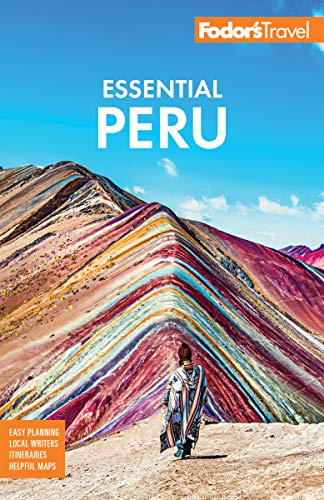Restaurants
Dining out in the Central Highlands is a casual experience. Restaurants are mostly small, family-run eateries serving regional fare. Breakfast is usually bread with jam or butter and juice, but they can include anything from eggs to soups. Lunch, the day's largest meal, combines soup, salad, and a rice-and-meat dish. You'll find snacks everywhere, from nuts and fruit to ice cream and pastries. Dinner is after 7 and tends to be light. Don't worry about dressing up or making reservations. Tipping isn't customary, but waiters appreciate the extra change. All parts of the animal and almost every edible species are considered. Guinea pig husbandry is a centuries-old tradition, so cuy served grilled or fried is a menu staple. Highland potatoes, choclo (large-grained corn), fresh cheese, and rich stews spiced with aji (chili pepper) round out the highland culinary experience.
The cuisine of the Central Highlands, which focuses on local ingredients and techniques, reflects its isolation. Huancayo's local specialty is papa a la huancaína , served cold with a sliced egg and an olive. Pachamanca is wrapped in local herbs, then slow-cooked on hot stones in an earthen oven. Huánuco’s favorites include picante de cuy (guinea pig in hot-pepper sauce), pachamanca, fried trout, humitas (a local tamale made of ground corn and stuffed with cheese or raisins), and caldo de cabeza (sheep's-head soup). Ayacucho is famous for its filling, flavorful puca picante (a nutty pork-and-potato stew), served with rice and topped with parsley. During Semana Santa (Holy Week), the city's favorite drink is the warm ponche, flavored with milk, cinnamon, cloves, sesame, peanuts, walnuts, and sugar.




